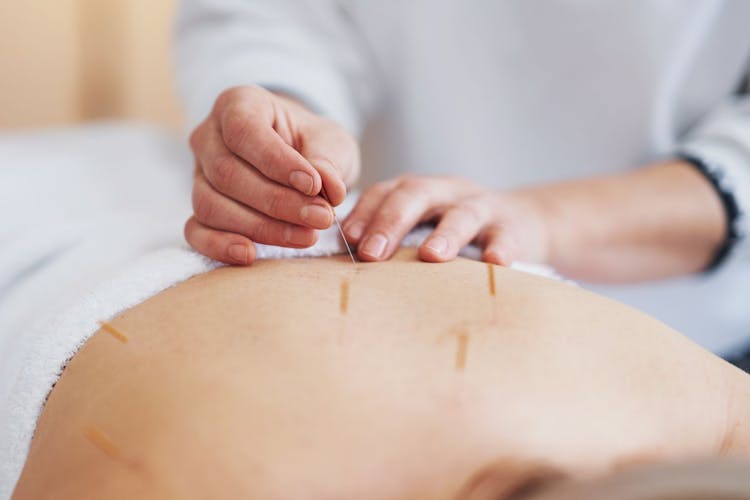The problem with feeling pain because of an injury is that it has the potential to creep back into your life again. Unless pain is resolved at the source, the same injury may be getting triggered because of your daily habits. Most general areas of tenderness and irritability in your muscles are called latent myofascial trigger points. Almost everyone has these latent trigger points or knots in their muscles, but they don’t normally cause you any issues until they become active. Once a trigger point becomes active, it’ll cause you pain and start limiting the way you move. Whether or not you will develop an active trigger point depends on your posture, daily body mechanics, repetitive movements, or nerve irritation.
Latent Versus Active Triggers
The longer you leave a latent point of tenderness untreated it could cause long-term damage and stress to your muscle. Unless you press on a latent point and feel tenderness, you probably wouldn’t even notice that they were there. Any type of sudden trauma or repeated injuries to any muscles could cause a trigger point to start forming. Even spending a lot of time sitting at the office in the same position could cause these points of tenderness to start forming around your neck and along your back. Later on, this continued stress could cause you to start feeling pain and discomfort in those strained parts of your muscles.
Getting To The Point
The goal of getting rid of latent trigger points is to keep active and painful trigger points from developing in the future. Having irritable and hypersensitive sections of muscle can put you at risk for further sudden injuries, chronic pain, and poor muscle strength. Dry needling comes into play when you consider treatment for these points in your muscles. You can begin the prevention process by going to a certified physical therapist who specializes in dry needling. Dry needling is a form of physical therapy that involves inserting a thin needle through the skin and into the muscle. Physical therapists can assess which parts of your body have developed any latent trigger points by palpating the muscles and locating the knots. They can determine how these trigger points are affecting the mechanics of that area of your body. That way, they’ll know exactly which areas they need to needle in that surrounding area.
When a muscle is directly needled, the stimulation from the needle causes the muscle to have a twitch response. The trigger point in the muscle responds biochemically to the contact with the needle and releases tension quickly. Afterwards, your muscle begins to contract and relax the way a healthy muscle should instead of being constantly tense and irritated. Whether or not your latent or active trigger points are being needled determines how much discomfort you’ll feel during your session. You’ll feel some soreness in the area that was needled 24 to 48 hours post-needling.
Fighting Trigger Point Activation
The only way to avoid the pain, stiffness, and restriction of movement that active trigger points cause is to treat latent areas of muscle irritation. Trigger points can be found in any muscles and be caused by any type of sudden injuries or repetitive movements. Once your muscle begins to enter into a state of constant contraction, it’s hard to break out of that cycle. Physical therapists can use dry needling to quickly release muscle tension in many areas. Depending on your injury, you may need to use dry needling to complement manual therapy and guided exercise programs. Call Therapydia Denver if you have any questions about preventive dry needling or whether this treatment would be beneficial for you and your lifestyle.

